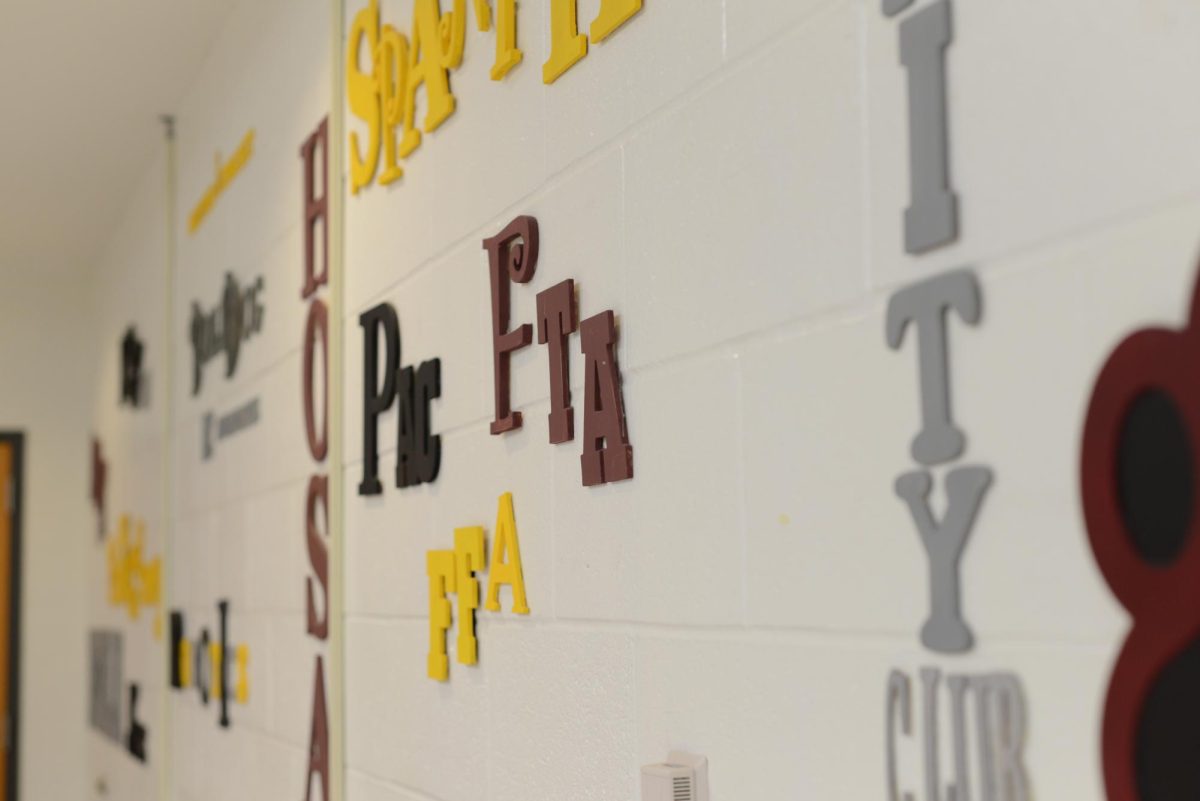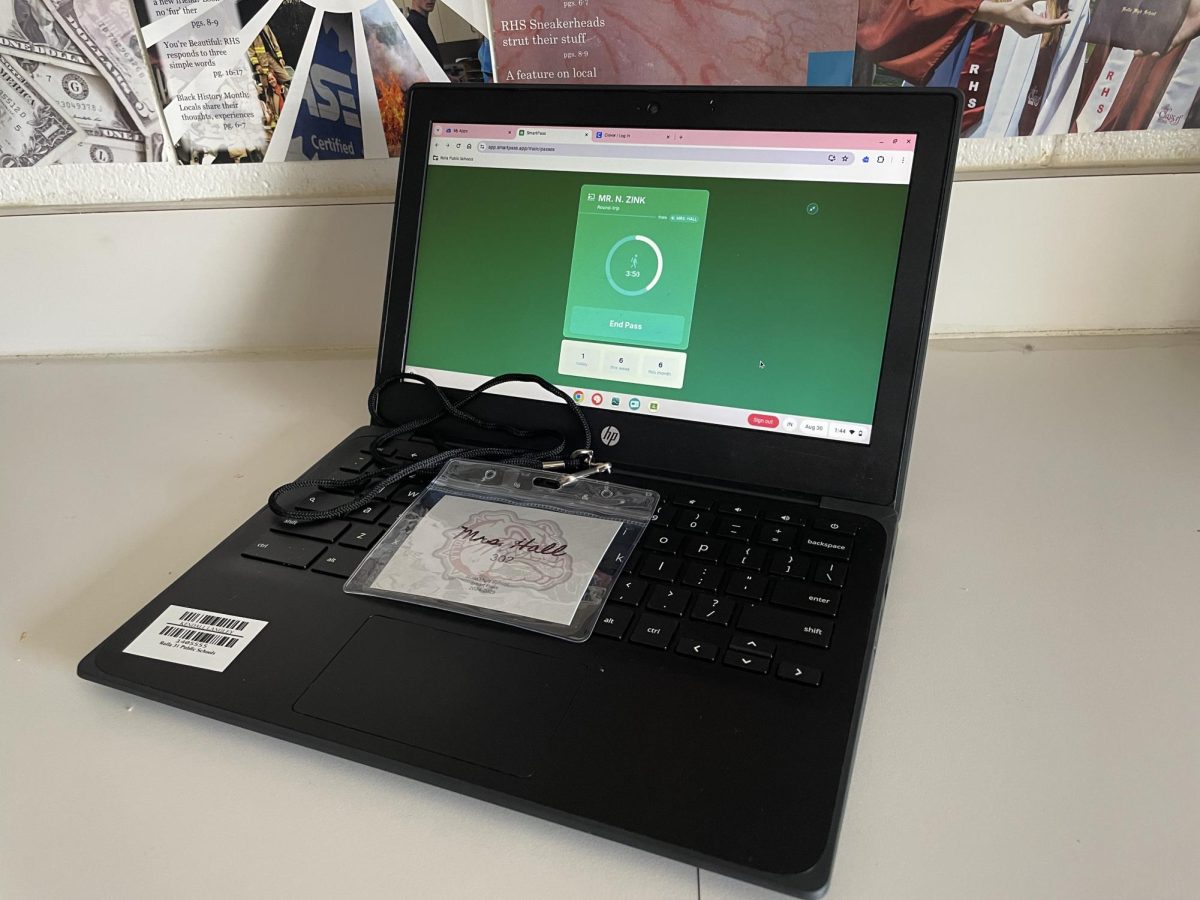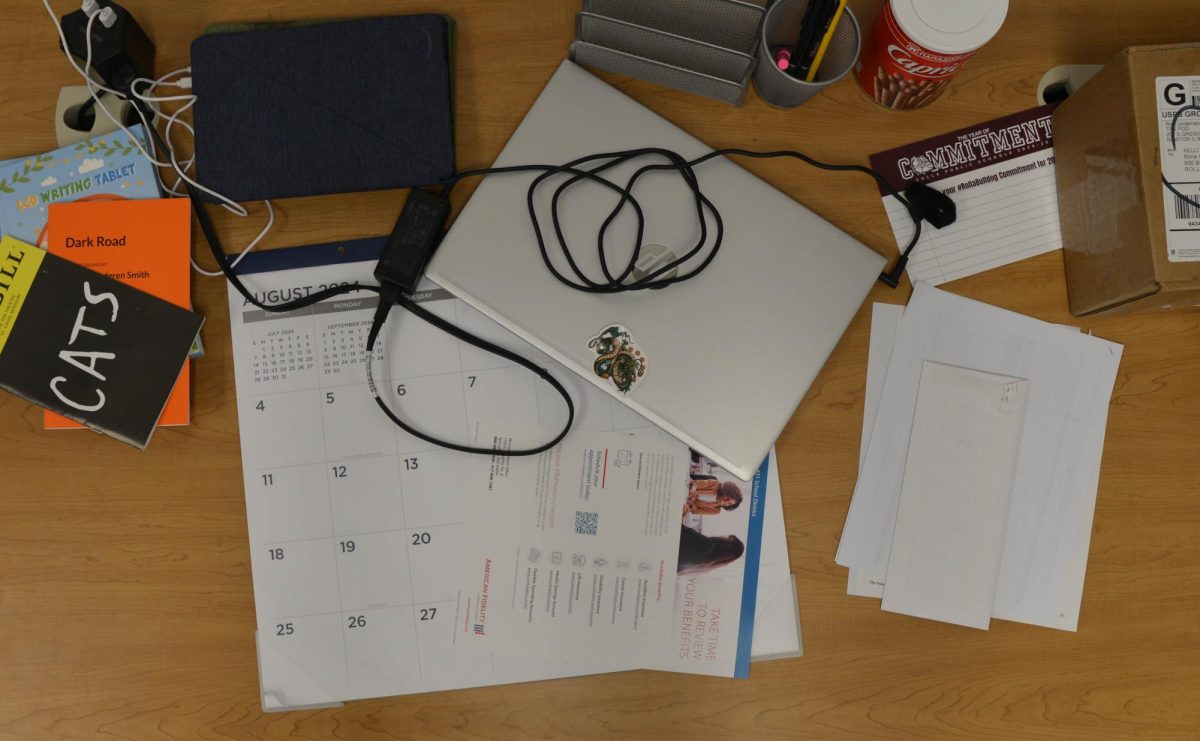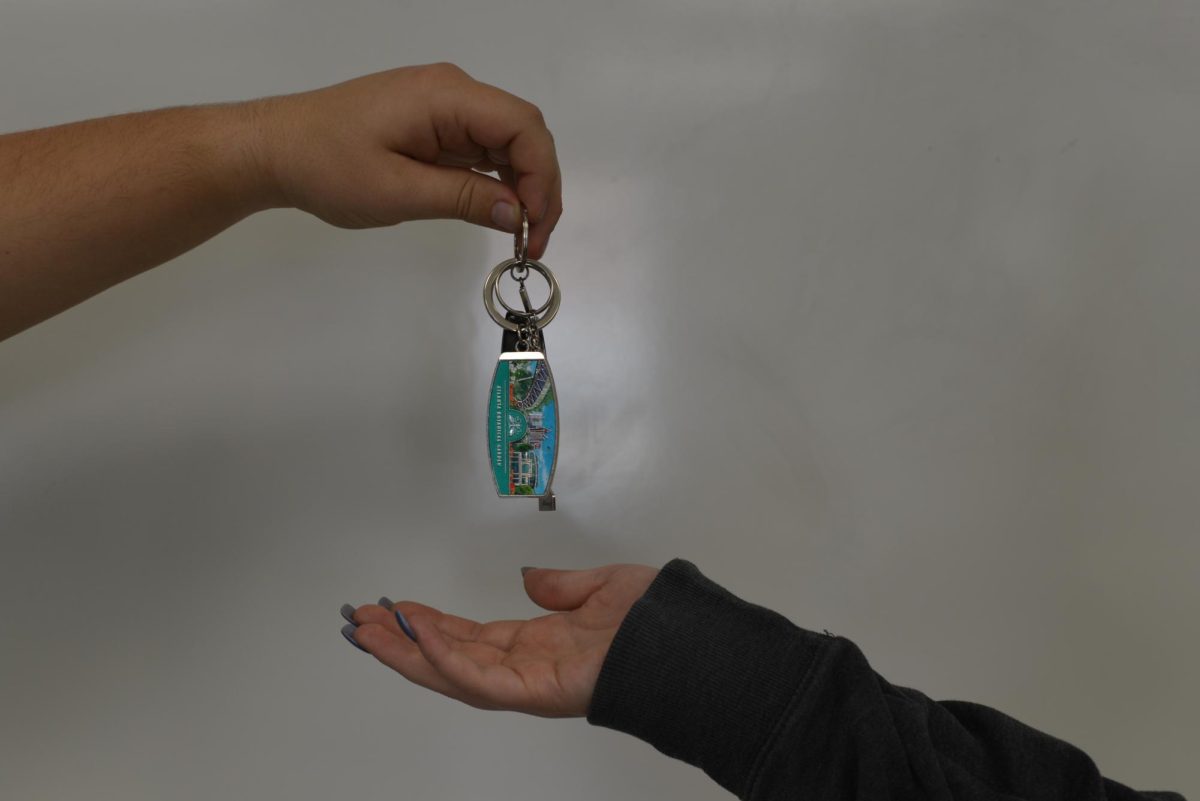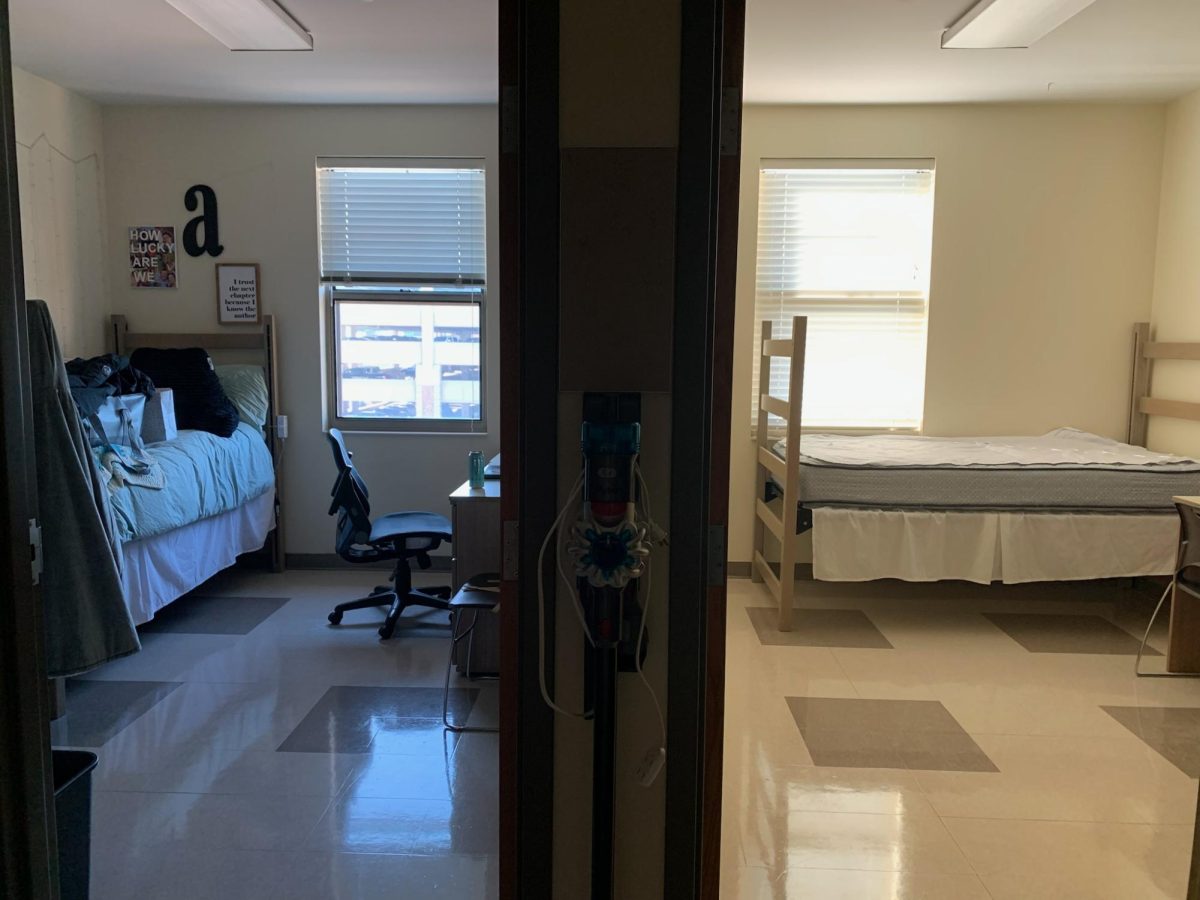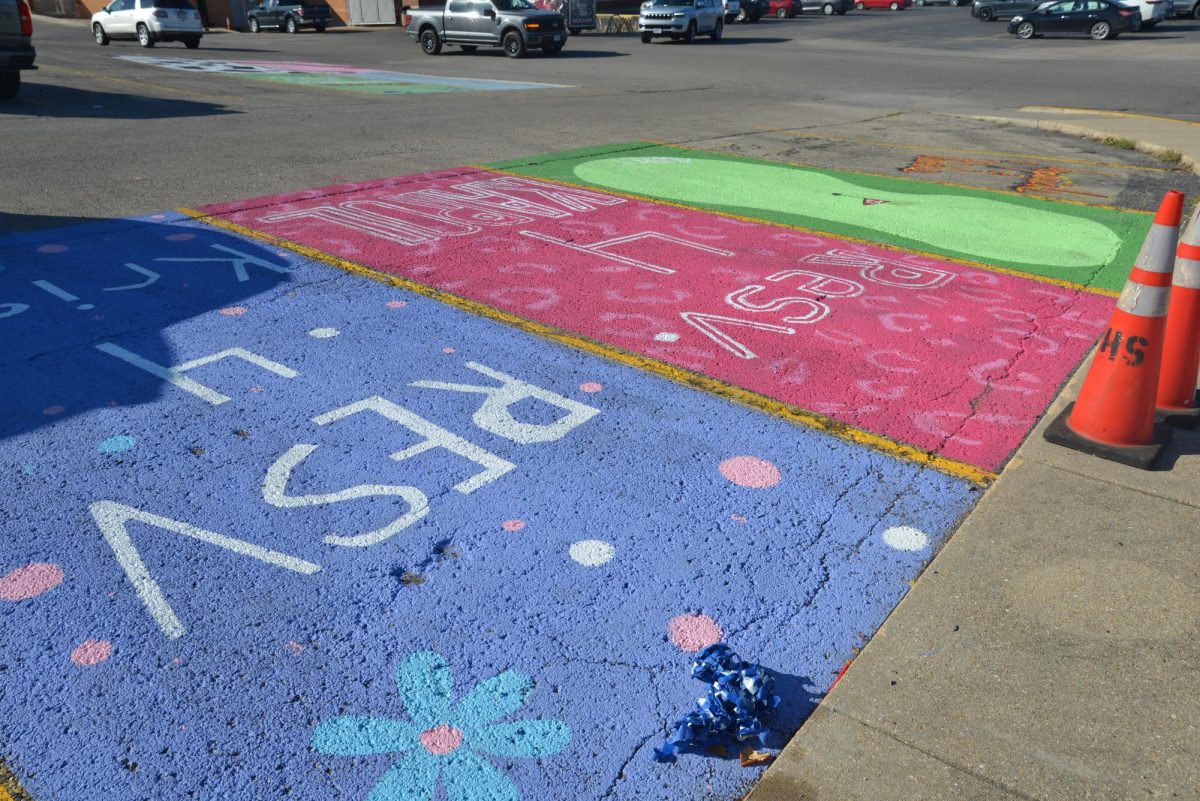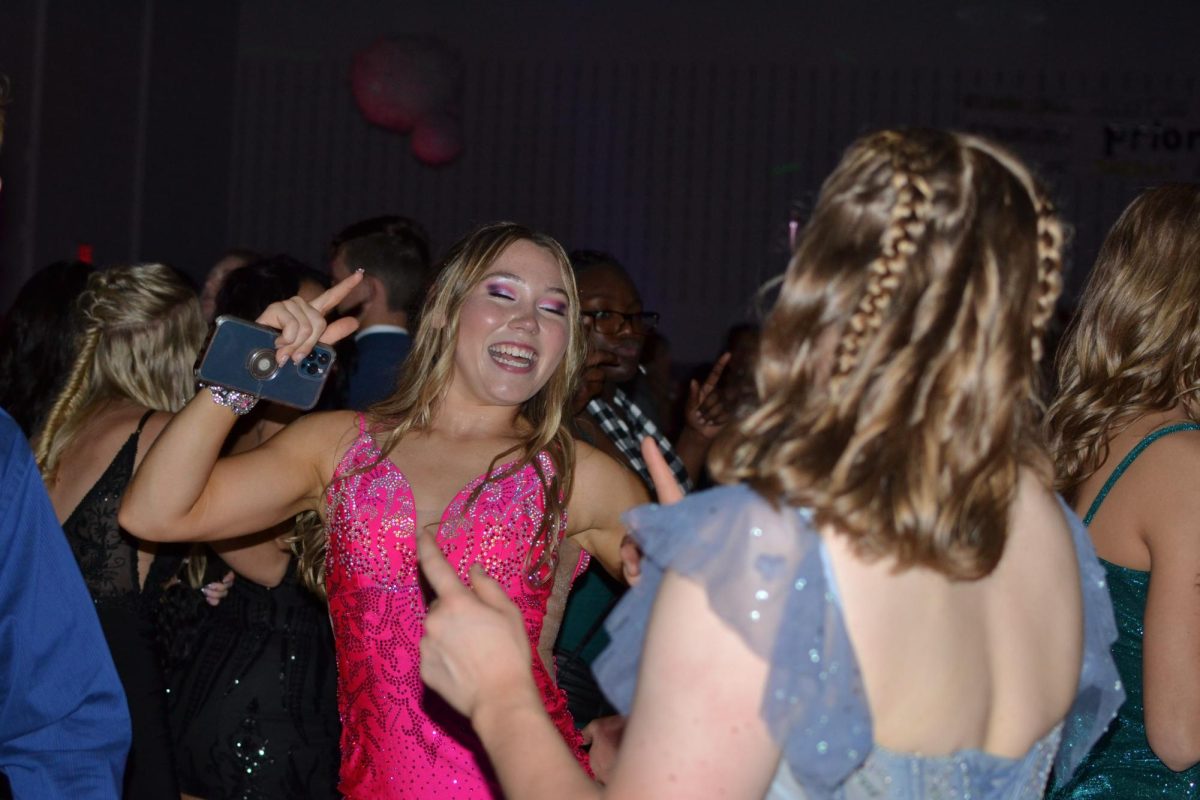Speech & Debate, Future Health Professionals, Ping-Pong Club, Cultural Fusion Club, Fish Club—the sheer number and variety of student organizations at Rolla High School are endless and ever-growing. Okay, maybe not Fish Club. (That one tanked.) With new clubs victoriously formed and tragically dissolved every year, any new student might be stirred to try their hand at making a club of their own.
You gather ideas, friends, and a fleeting dream of joining the Club Wall in the Upper Commons. Now that you have those wheels of inspiration churning, you want to know: How do I even make a club?
STEP ONE: Get Inspired
In the second semester of ‘24, a new club vision was hatched: International Student Union, an open-to-all Cultural Fusion club that provides snacks and craft activities from around the world.
Club founder, sophomore Angela Bo, was fueled by the desire to pursue her passions and strike a ripple of change in a field she cared about.
“I think I noticed there’s not a lot of cultural education here in the school, especially because it’s not very diverse. And there’s also, I think, a little ignorance surrounding different countries, and some racism too. And I just thought—well, I mean, that’s not ideal…so I wanted to create an educational resource that’s an extracurricular that you can join if you want. You don’t have to, but it’s also fun and engaging,” Bo said.
Bo wasn’t the only one with a vision. Much to the delight of table tennis enthusiasts, Ping-Pong Club also came on the club scene late last year.
STEP TWO: Find Your People
To officially found a club in RHS, administration requires potential organizations to declare at least three total members.
As a student leader, Bo had to stretch her resources and personally reach out to interested parties.
“We talked with some language teachers, and we asked around to try and find a sponsor, and then we went to the main office and we asked how to start a club…Then we had to have a list of people who would most likely join, just to make sure this would be like a successful club,” Bo explained.
STEP THREE: Pitch It!
Bo delivered official word of her club to RHS administration via an email to principal Dr. Corey Ray. This process included some back-and-forth emailing and communication.
In the meantime, you can also contact a sponsor to pitch your idea for you. English teacher Kathryn Nilges, sponsor of Puzzle Club and Writing Club, was on the other side of the club-starting process.
“I’ve always loved writing and recently started putting puzzles together, so when groups of students expressed interest in the same hobbies, I was willing to sponsor them,” Nilges said.
STEP FOUR: Paperwork…and More Paperwork
Once Dr. Ray approves of your club pitch, you’ll officially be sentenced to a cycle of administrative processing.
“Mrs. Mumma gave us a paper, and then there were a lot of questions on it. We just filled it all out, and then we returned it. And it was very confusing. I think there’s a lack of communication between all the different offices because we had to go to the attendance office at one point, and then we went to the activities office like four times,” Bo said.
Eventually, Bo was able to take the final steps to approval.
“Dr. Ray looked over [the paper], and he asked us to find a second sponsor because that was the one thing we were missing. And once we found one, we shot him an email, and we told him that we had found one,” Bo said.
To summarize: you need to request a new club form from Mrs. Mumma, fill it out with basic information about your purpose, name, and sponsors, and check in regularly to make sure the paper is being processed correctly. Always have an official sponsor already on standby.
STEP FIVE: Approve & Promote
Bo was now officially a club founder. Though the club-making process was a bit of a learning curve, the process became simpler after final approval.
“We could just make posters, get them approved, and advertise it out to the student body,” Bo said.
In a similar fashion, Nilges takes care of the advertisement and documentation for her club.
“In past years, we made fliers and posted them around school and made some available at the freshman orientation Club Fair…There’s a form I have to fill out each year. Any club posters or fliers have to be approved and stamped,” Nilges explained.
STEP SIX: You’re Done!
Bo launched her club knowing exactly what structure she would use.
“We had a whole Notion document planned out with all the details, everything we wanted to do…Our main thing is that we have something we call a cultural feature. And basically one person will present a culture or a country. And for one of them, we did Japanese origami. And so we kind of learned the history, and then we made origami,” Bo said.
This year, her club meets on the first and third Mondays of every month at 3:30 PM in Room 220.
While Nilges’ Puzzle Club no longer exists this year due to lack of student interest, she still enjoys overseeing Writing Club.
“In Writing Club, I provide the space and the time for students to write. I’m there to provide feedback, answer questions, etc., and I do have word games and story starters available if students are interested,” Nilges said.
Making your very own RHS Club, while very achievable and student-friendly, can be a tumultuous and frustrating journey. However, you’re never alone! Even mishaps and mistakes can be a learning experience.
“I feel like people say this a lot, but a lot of leadership skills go into [forming a club]…So I feel like learning how to problem-solve that was a very valuable experience,” Bo reflected.
Sponsoring teachers can also lend support.
“If anyone is interested in starting [Puzzle Club] back up, they’re more than welcome to approach me about it. As for Writing Club, I enjoy meeting with the students each week and listening to them chat about the stories/novels they are working on,” Nilges said.
No matter where you might be in the club-making process, take inspiration from past founders and believe in your idea enough to move on to the next step.



